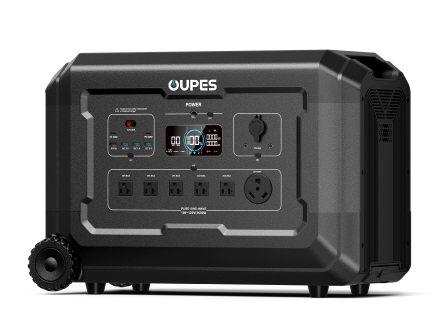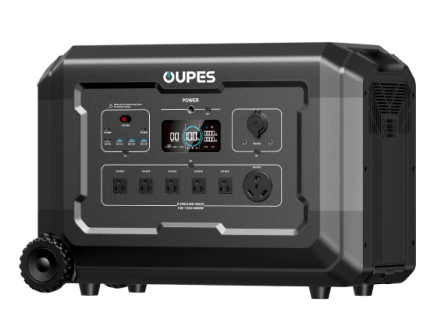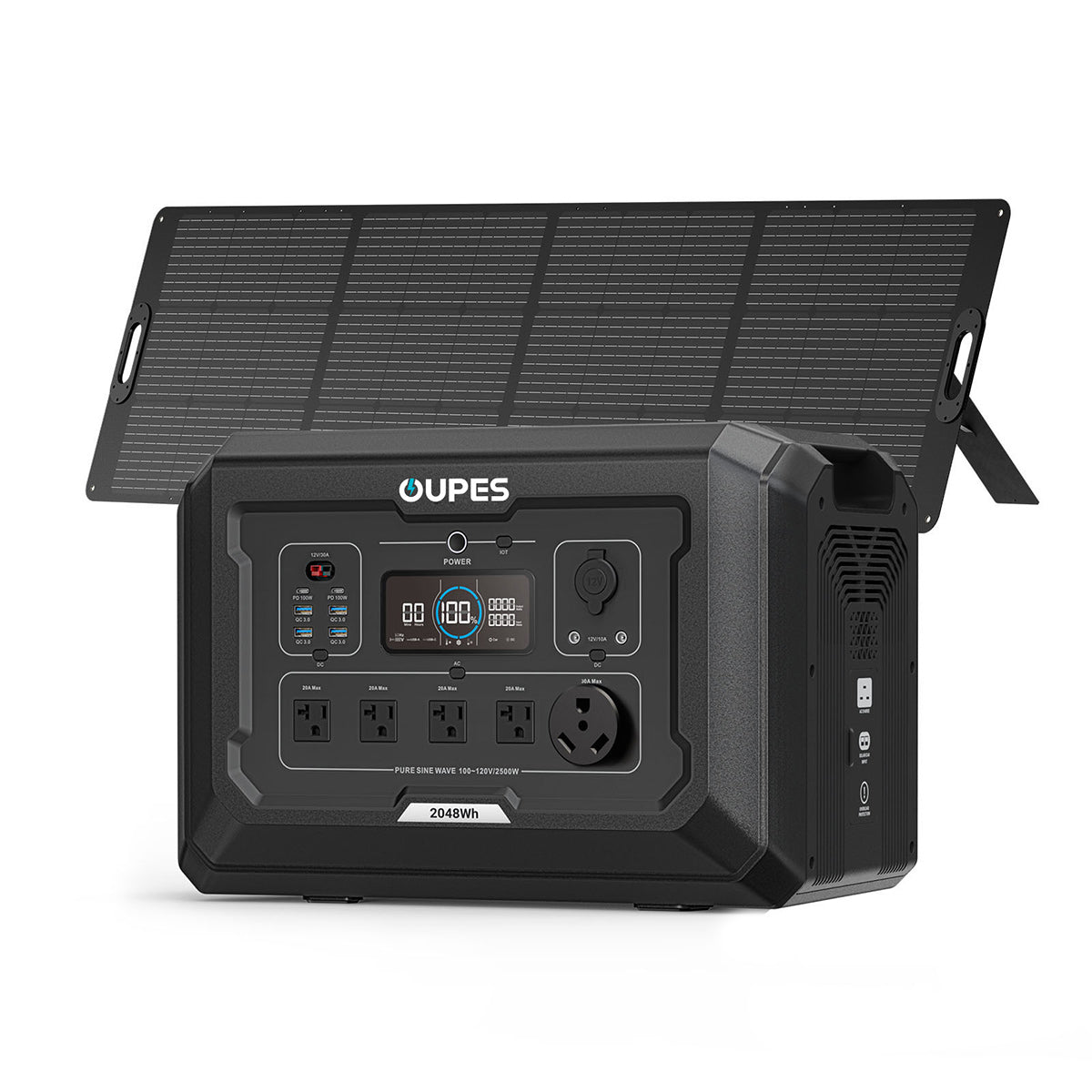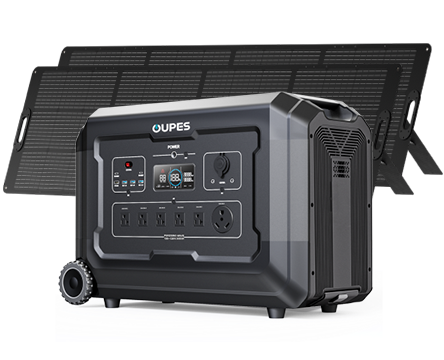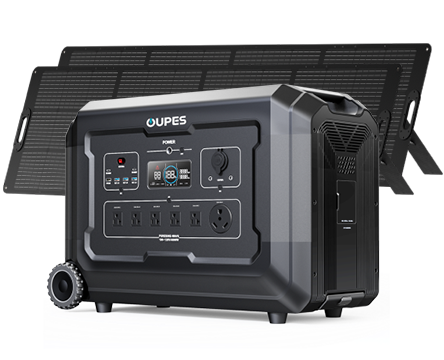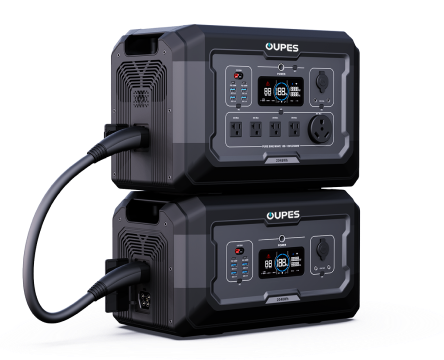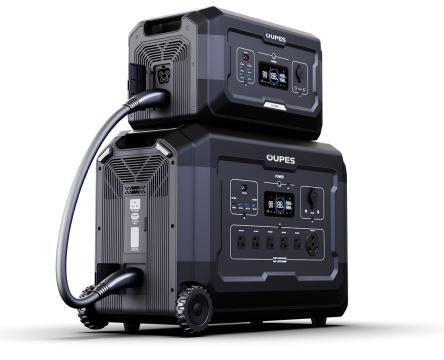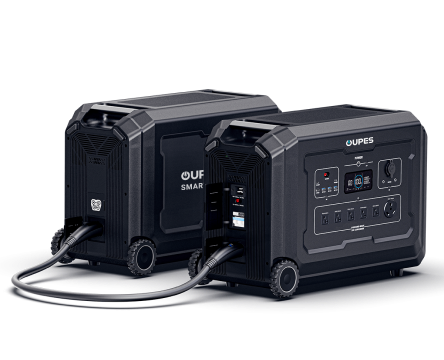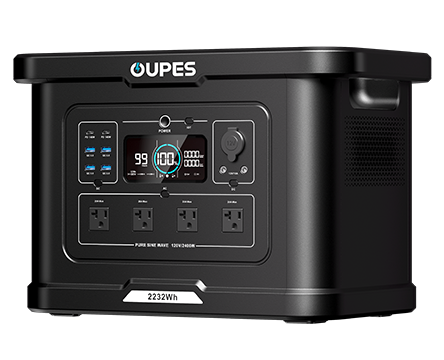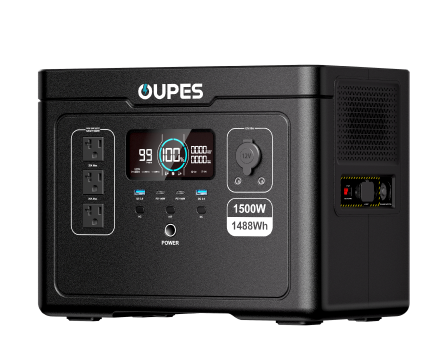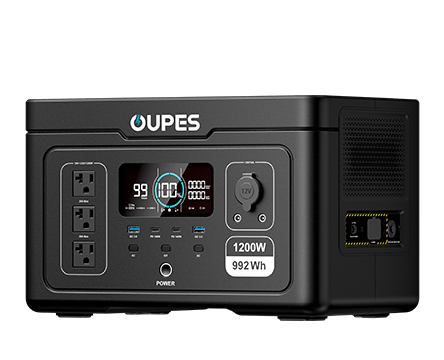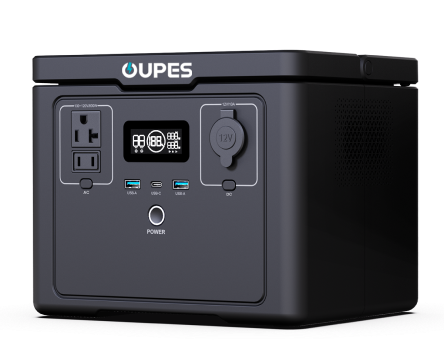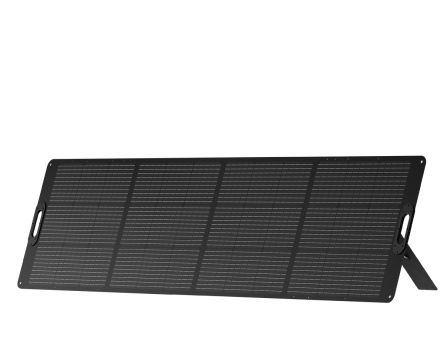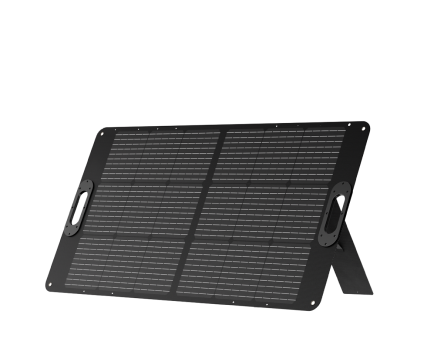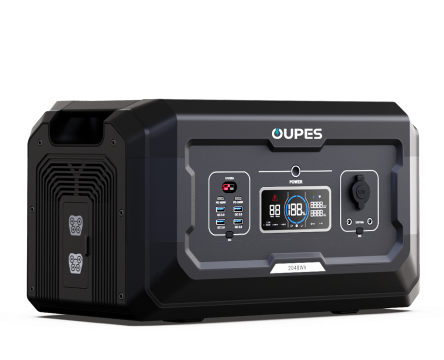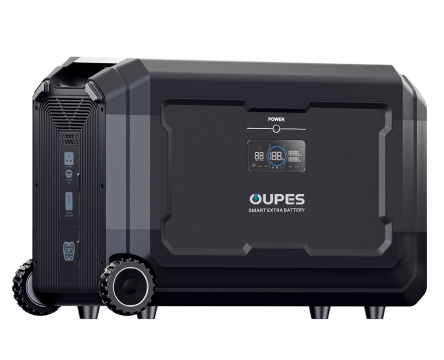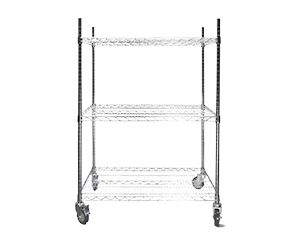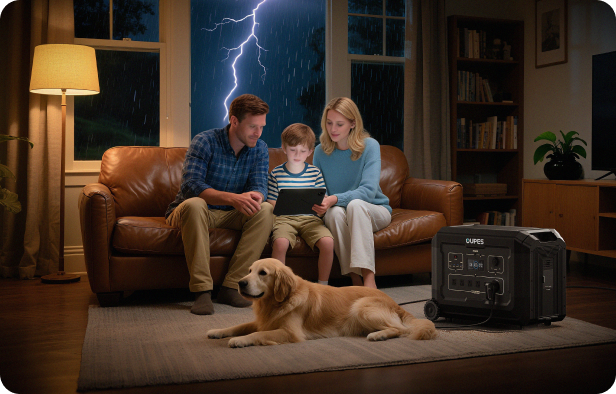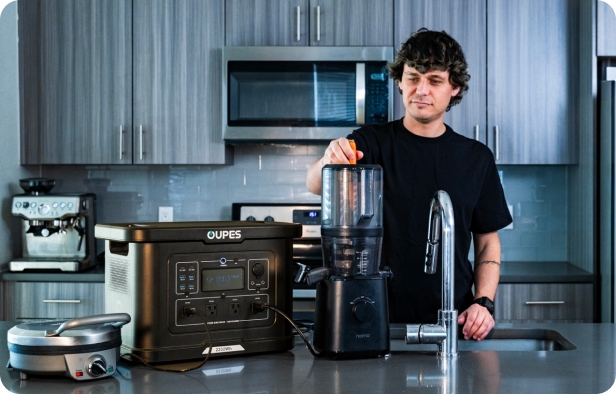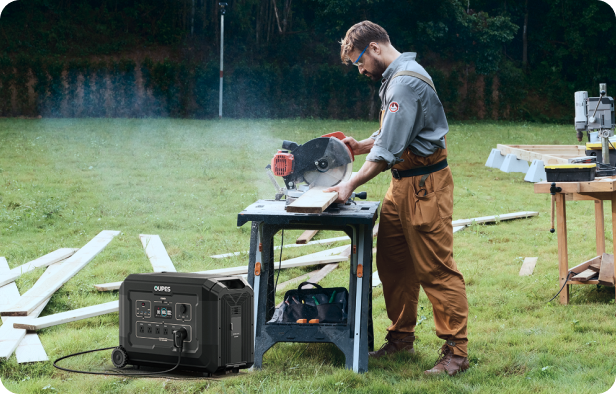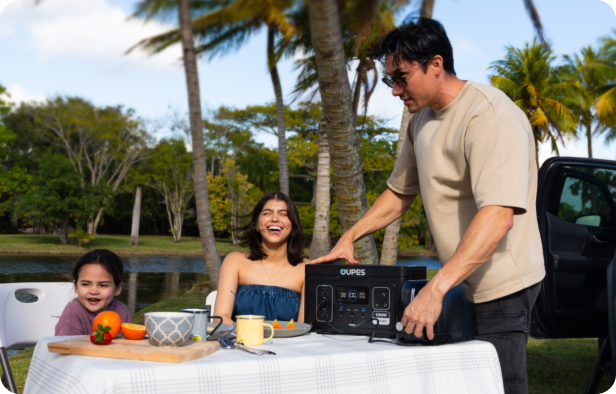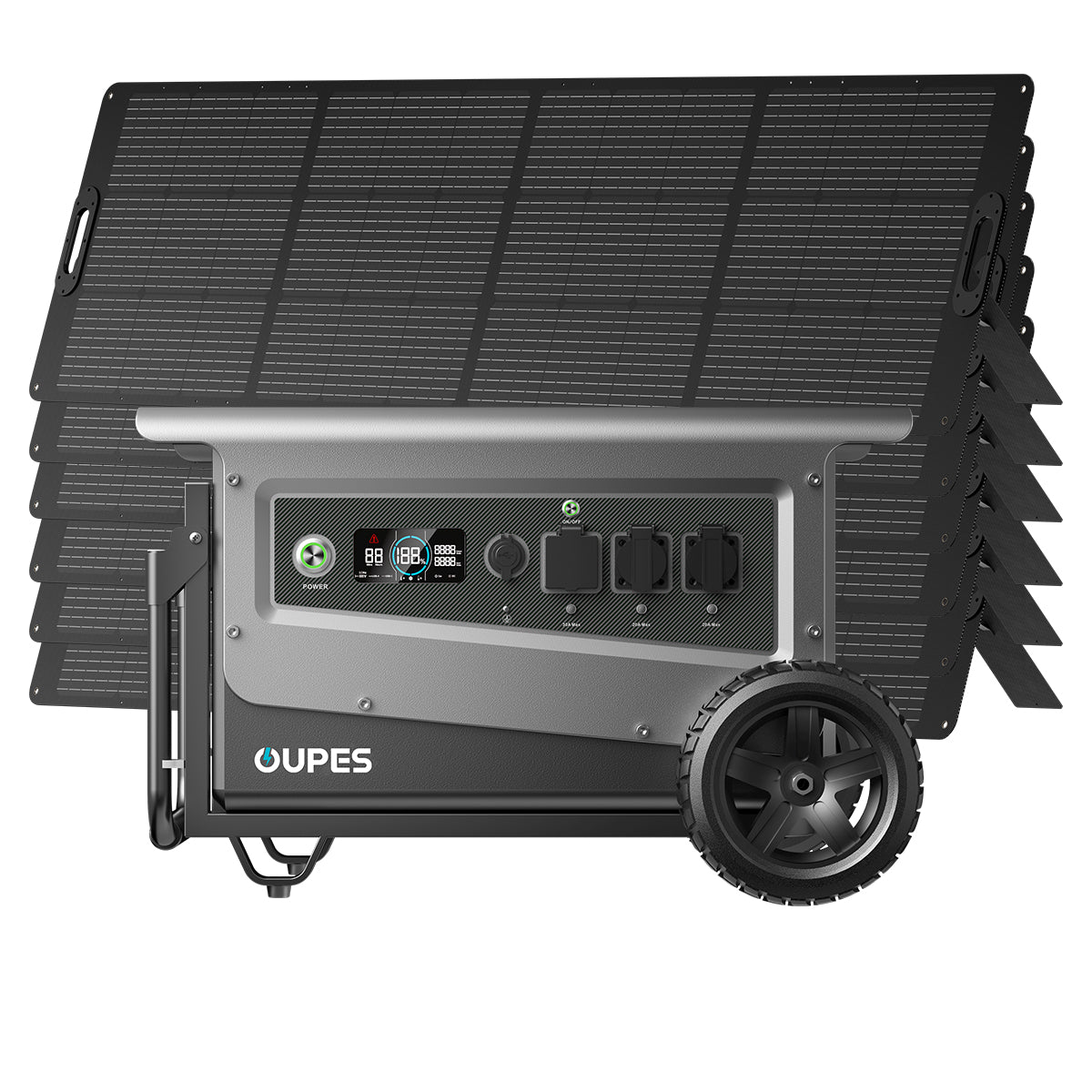
In a world focused on sustainable living, more homeowners are exploring renewable energy sources to cut dependence on the grid. Portable solar generators have become especially popular, offering a clean and mobile energy solution for camping, off-grid living, and emergency backup. But the question is: can one of these devices truly power an entire house?
How Portable Solar Generators Work
A portable solar generator is a self-contained system that usually includes:
- Solar panels – Capture sunlight and convert it into electricity.
- Battery – Stores the energy for later use.
- Inverter – Converts DC (direct current) into AC (alternating current) for home appliances.
- Charge controller – Regulates charging and prevents battery damage.
These units are quiet, emission-free, and portable, making them an attractive alternative to gas-powered generators. However, their limited storage capacity often makes them better suited for smaller appliances rather than powering an entire household continuously.
Household Energy Consumption: A Key Challenge
The average U.S. home consumes about 30 kilowatt-hours (kWh) of electricity per day. Appliances vary significantly in energy draw:
| Appliance | Average Power Use |
|---|---|
| Refrigerator | 150–400W |
| Washing Machine | 500W |
| Air Conditioner | 1,000–3,500W |
| Electric Stove | 2,000–5,000W |
Most portable solar generators range from 1,500W to 3,000W output, which is insufficient for powering high-demand appliances continuously. They are more effective as a supplemental or backup power source.
Can a Portable Solar Generator Power a Whole House?
The short answer: not usually. While high-capacity solar generators can handle essential loads like lights, phones, routers, and maybe a refrigerator, they struggle with heavy energy consumers like central air, electric ovens, or heating systems.
When It Works
- Short-term outages powering essential devices.
- Small homes or cabins with minimal energy needs.
- Daytime use where solar panels recharge the unit directly.
When It Falls Short
- Running central HVAC or multiple high-wattage appliances.
- Long-term full-house supply without supplemental sources.
- Homes exceeding 20–30 kWh daily usage.
How to Maximize the Effectiveness of a Solar Generator
- Prioritize Essential Loads: Power only what’s necessary—lighting, refrigeration, communications.
- Choose Energy-Efficient Appliances: LED lights and Energy Star-rated devices minimize power draw.
- Use Power Strategically: Operate devices during the day when solar panels recharge the unit.
- Expand Battery Storage: Adding external batteries extends runtime into evenings and cloudy days.
- Hybrid Approach: Combine solar generators with traditional gas/propane backup for reliability.
Portable Solar Generators vs. Whole-House Solar Systems
| Aspect | Portable Solar Generator | Whole-House Solar + Battery |
|---|---|---|
| Power Capacity | 1,500–3,000W (limited) | 5,000W+ (customized) |
| Mobility | Compact, portable | Fixed installation |
| Use Case | Emergency backup, camping, small loads | Full household energy independence |
| Cost | $500–$3,000 | $15,000–$40,000+ |
FAQ: Portable Solar Generators and Home Use
Q1: Can a portable solar generator run my refrigerator?
Yes. A mid-size unit (1,000–1,500Wh) can typically run a fridge for 6–12 hours, depending on efficiency.
Q2: Can it power my air conditioner?
Most portable models cannot sustain central AC, though small window units may work with higher-capacity stations.
Q3: How long do portable solar generators last?
LiFePO4 models can last 8–10 years with 3,000+ charge cycles, offering a long-term sustainable solution.
Q4: Is solar charging enough on cloudy days?
Output drops significantly. Backup charging methods like AC or gas generators are recommended in low sunlight.
Q5: Are portable solar generators safe for indoor use?
Yes. They produce no emissions or fumes, making them safe for indoor operation—unlike gas generators.
Conclusion
While a portable solar generator alone cannot usually power an entire modern household, it excels as a reliable backup or supplemental energy source. For full-house coverage, a fixed solar system with battery storage or a hybrid approach is required. Still, as technology advances, portable solar generators are playing a crucial role in promoting sustainable living and emergency resilience.







